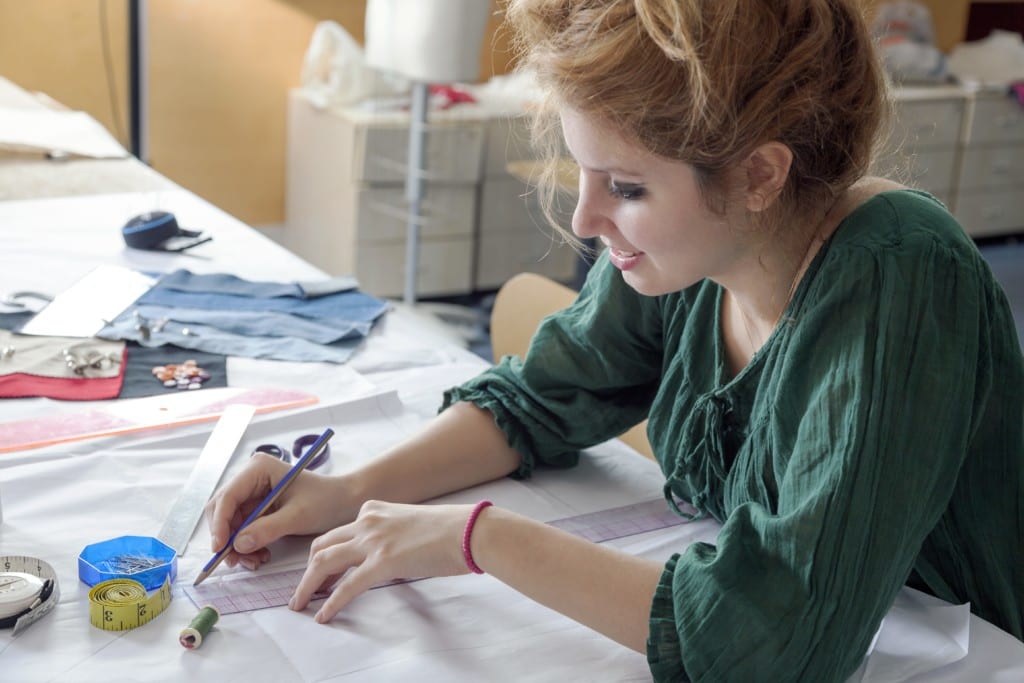
Qualifications for learners aspiring to work in the creative and design sector.
Our creative and design qualifications are available at the following levels, please click the headings to reveal a full list of qualifications available at that level.
Entry Level 3
Level 1
- Gateway Qualifications Level 1 Award in Creative IndustriesExpiring
- Gateway Qualifications Level 1 Award in Skills for Creative Industries
- Gateway Qualifications Level 1 Certificate in Creative IndustriesExpiring
- Gateway Qualifications Level 1 Certificate in Skills for Creative Industries
- Gateway Qualifications Level 1 Diploma in Creative IndustriesExpiring
- Gateway Qualifications Level 1 Diploma in Creative Media Skills
- Gateway Qualifications Level 1 Diploma in Skills for Creative Industries
- Gateway Qualifications Level 1 Extended Certificate in Making it in FashionExpiring
Level 2
- Gateway Qualifications Level 2 Award in Creative IndustriesNew
- Gateway Qualifications Level 2 Award in Digital and Creative Industries
- Gateway Qualifications Level 2 Certificate in Creative IndustriesNew
- Gateway Qualifications Level 2 Certificate in Digital and Creative Industries
- Gateway Qualifications Level 2 Diploma in Creative IndustriesNew
- Gateway Qualifications Level 2 Diploma in Digital and Creative Industries
Level 3
Supporting Whitepapers
Embedding English and Maths in vocational and employability/independence contexts
Demonstrating good practice in personal development, behaviour and attitudes
Supporting Learners’ Personal Development





